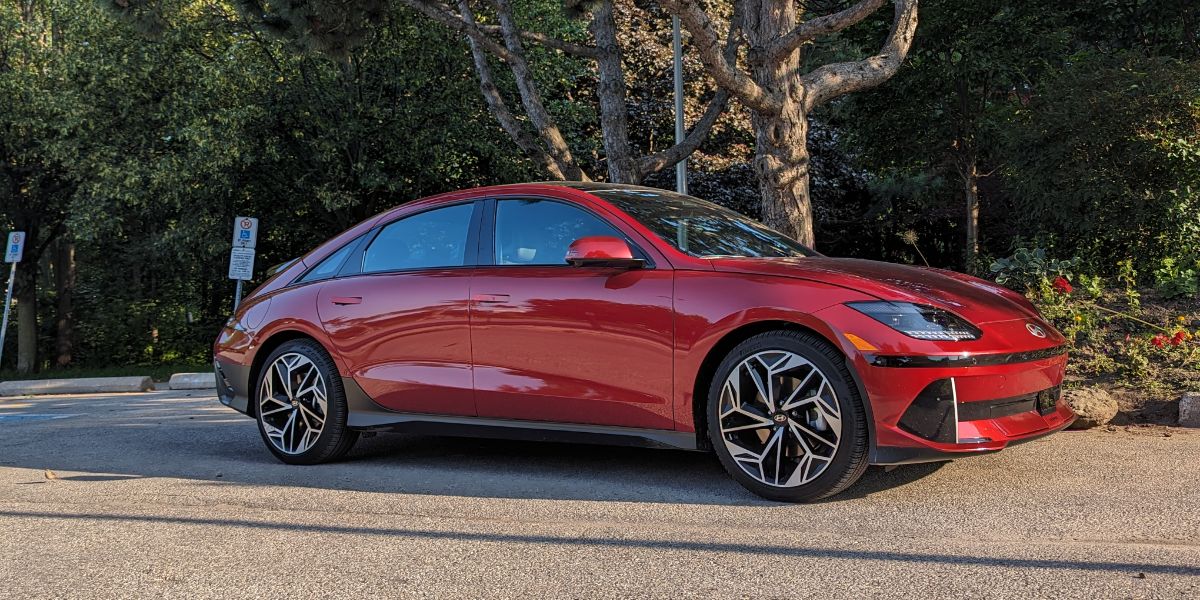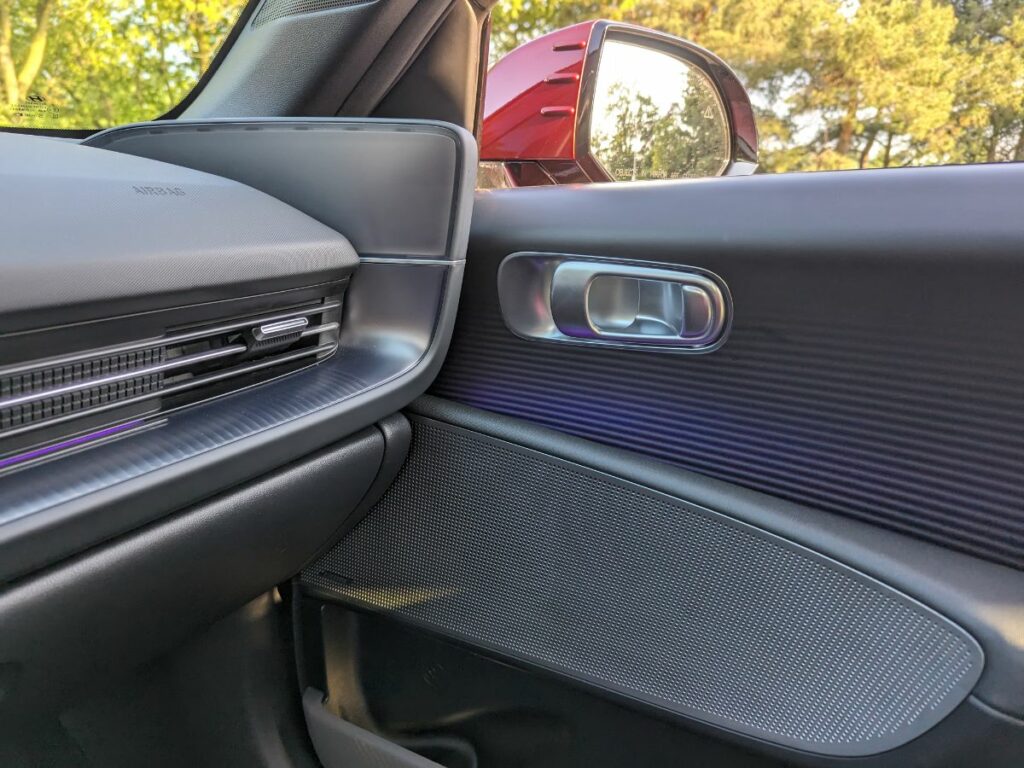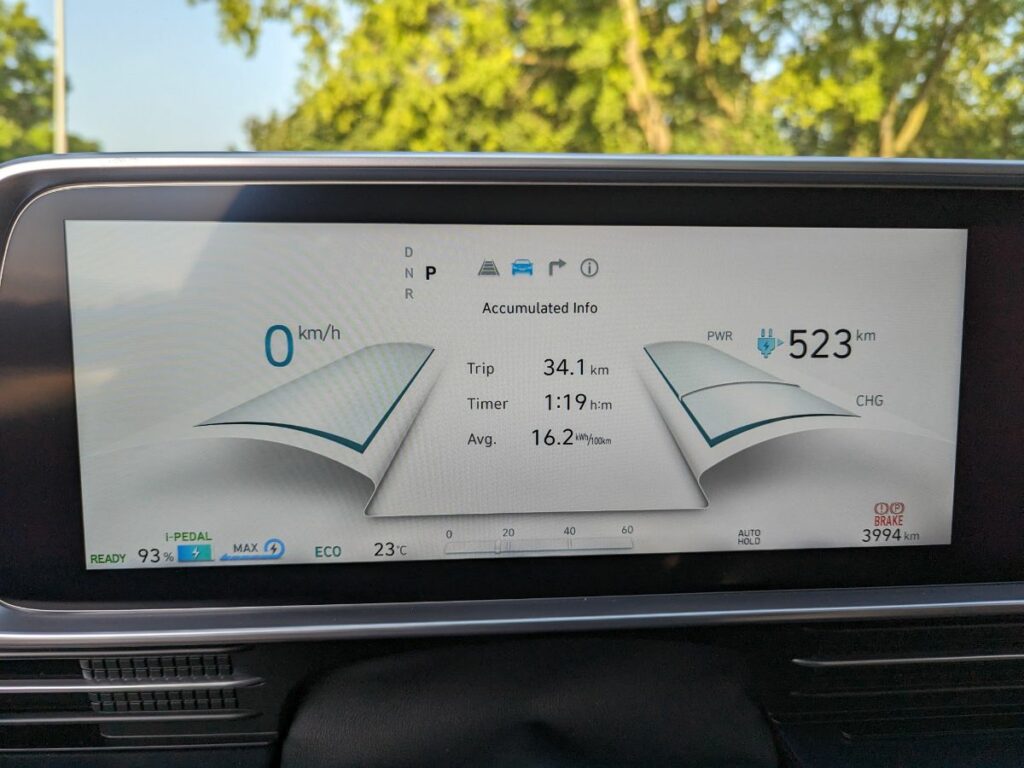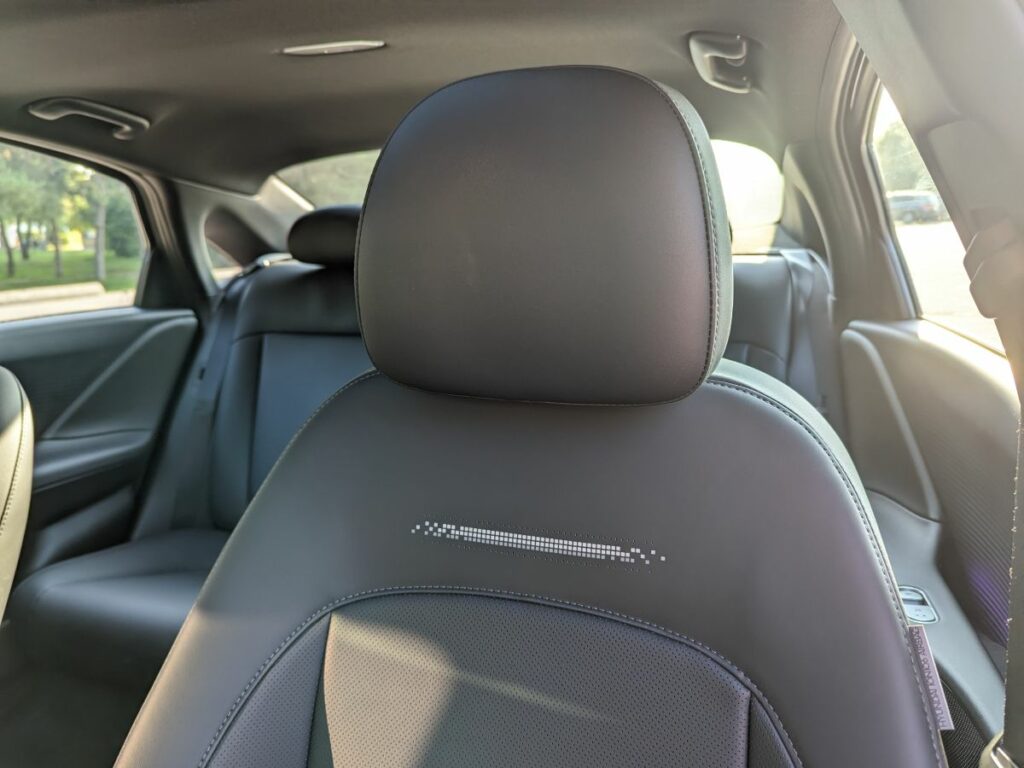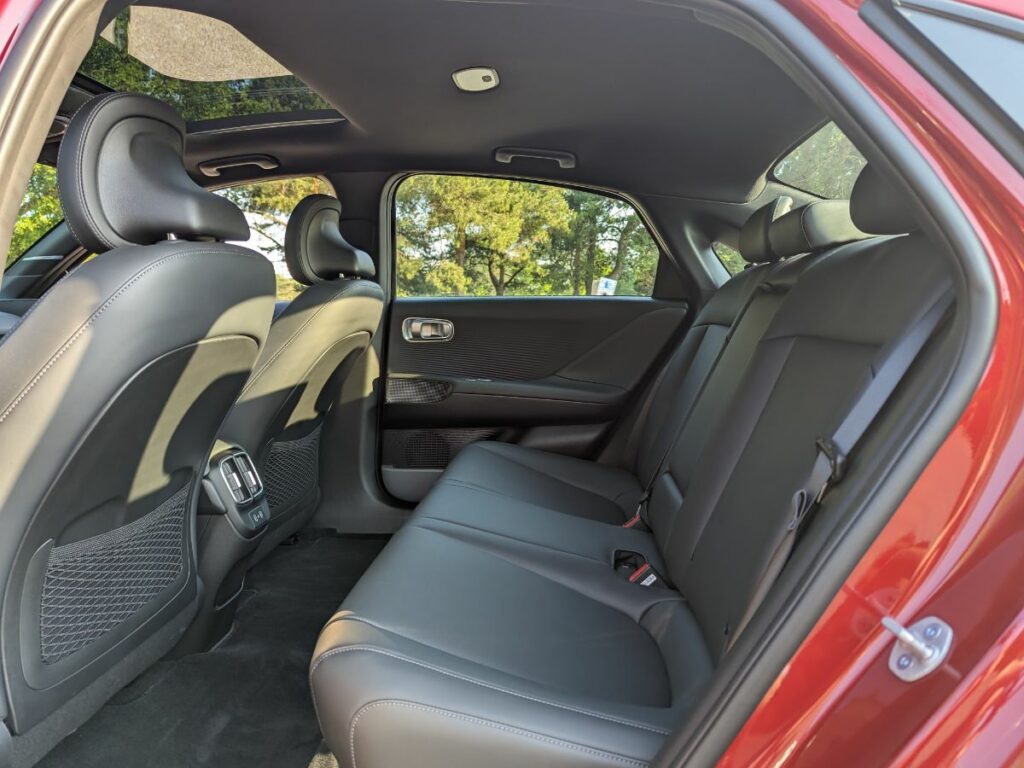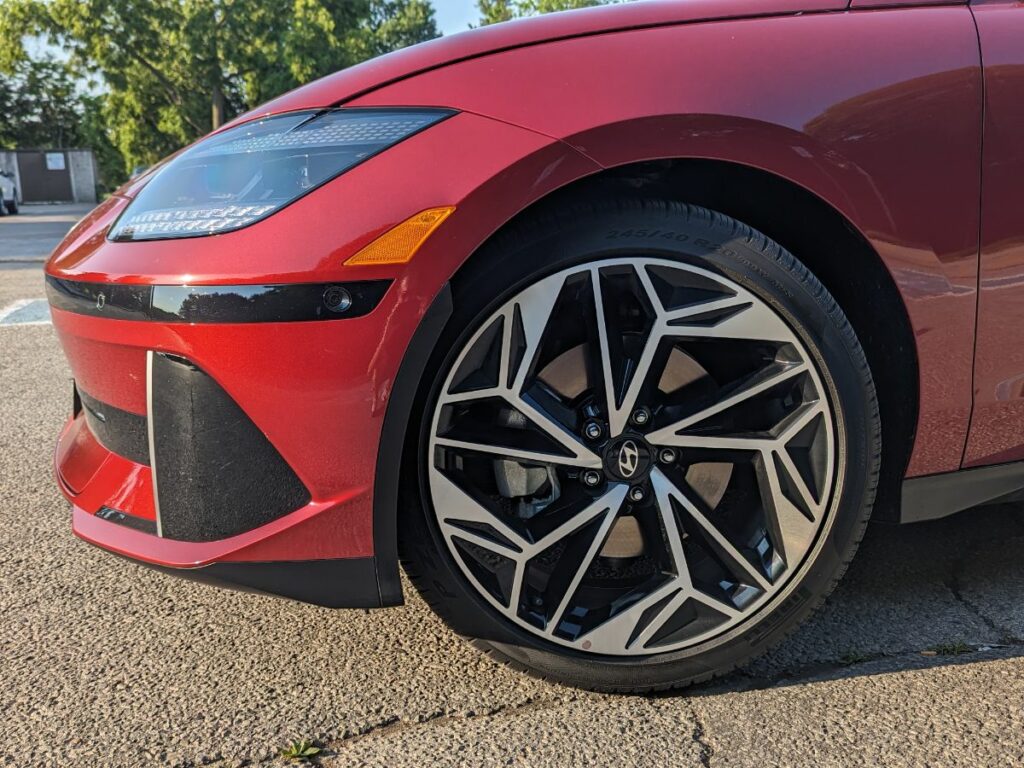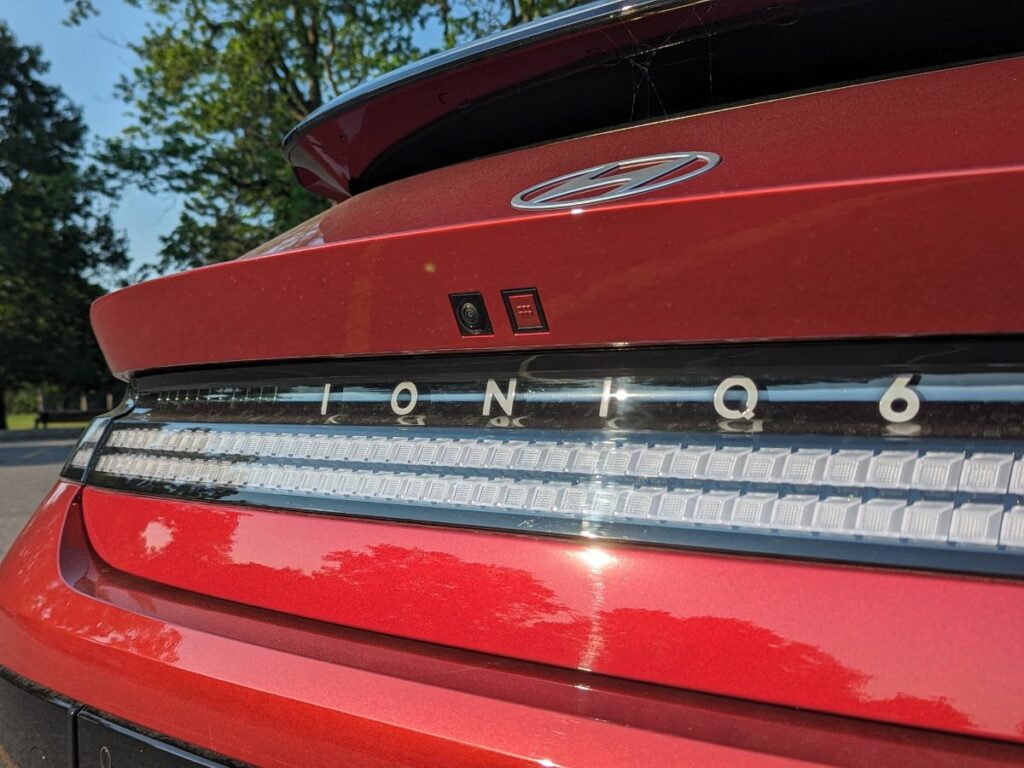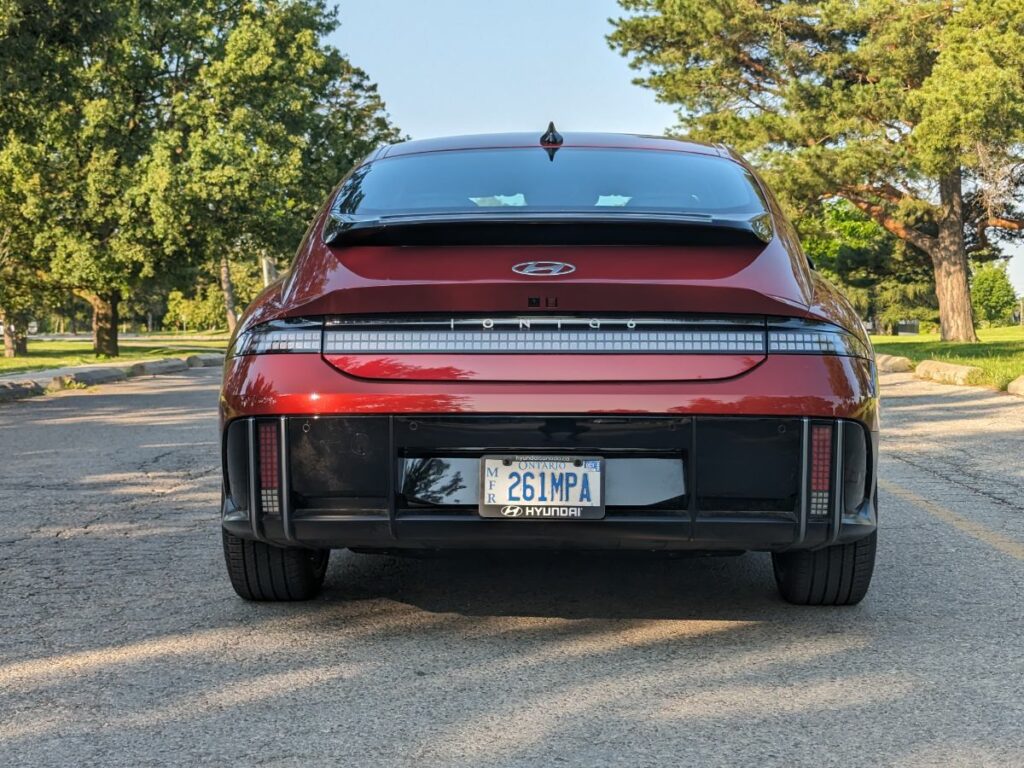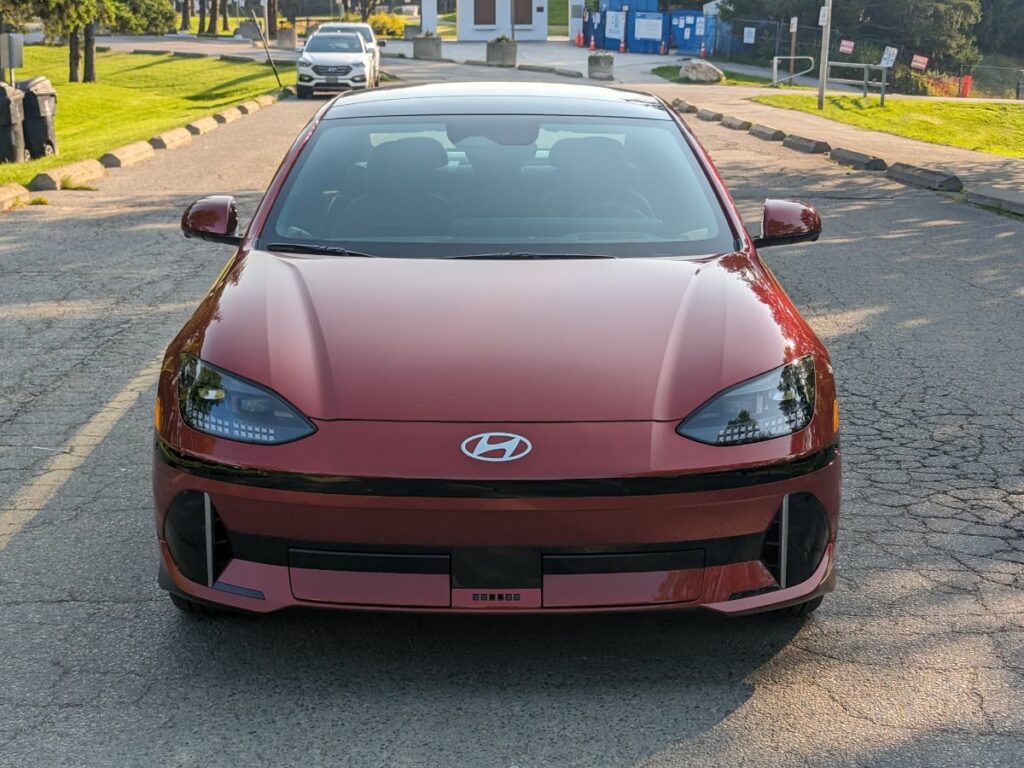Hyundai’s latest marketing campaign proudly claims that they make “Wah.” Not sure what that means? We weren’t either, and so a quick Google search confirmed that ‘wah’ is synonymous with ‘wow’. While we wouldn’t put the slogan up there with some of the more classic and enduring ones we’ve heard in the automotive space, there is some truth there. These days many of the products Hyundai makes do in fact have a wow factor that, when paired with their excellent value and generous standard kit make for a compelling choice for those shopping their next vehicle.
We drove the Ioniq 5 last spring and ‘wah’ was on full display. We’re used to it now, but that car’s 80’s pixelation theme/Tron-meets-crossover wagon styling certainly wowed-er, wah-ed- us when we first laid eyes on it. It wasn’t just the exterior duds that impressed; the interior was clean and well laid out, the performance was stout and the range it promised was commendable. We wondered why anyone would buy a Tesla Model Y when it existed, especially when you consider the dismal quality of assembly and the much dearer price of admission.
With a winning recipe like that, Hyundai wisely chose to stick with it when it introduced the Ioniq 6 you see here. Basically, they stuck a newly styled sedan inspired body on the underlying ‘skateboard’ architecture that underpinned the 5 giving us a dish with the same tasty filling but packaged in a different wrapper.
OK, that’s a bit of a generalization. Park them side by side and while the mechanical bits are identical, you’ll be looking at two distinctly different cars. When you compare our Ioniq 5 to the 6 you see here, there is one key difference: it’s estimated that the Ioniq 6 benefits from a significant 30 percent reduction in overall aerodynamic drag versus its stablemate. Because of the much slipperier shape, it cuts more cleanly through the air with the net benefit being increased range. As always, your mileage may vary, but drive both cars the same way and you’ll go farther in the 6.
Another key difference is the styling, or rather the acceptance from the motoring public surrounding them. During our time spent in the Ioniq 5 we received universally excellent feedback on how it looked. The 6 proved to be a much more polarizing conveyance- some people gushed over its futuristic styling cues while others thought it looked a bit weird. We heard one passerby comment that the front and rear ends looked like they were styled by two different design teams without communication between one another. Whatever your take is, you can’t deny that it doesn’t look distinctive- we noted many a heads swivel as it drove by to take it all in.
In terms of driving feel, it would be difficult to say that they don’t feel pretty much the same. They stop, steer and accelerate with the same measured precision as we have previously experienced. That said, we would give a slight edge to the Ioniq 6 in terms of handling because its slightly lower ground clearance make for a more favorable center of gravity. Charging is a wash as well because they both suck up the juice at the same rate from a high-speed charging station.
Our previous complaints with the Ioniq 5 were that it lacked a rear wiper for the hatchback and that the interior seemed a tad astringent. This time around, we were fine with the interior except for the fact that the steering wheel obstructs the digital instrumentation once again, at least according to the driving position we found comfortable. We also missed the more commodious and therefore more practical cargo hold with the 5 over the 6’s smallish trunk.
If you have both flavors of Ioniq in mind and are wrestling with which one to buy, fear not. Both are excellent cars and serve as a stark reminder that Hyundai/Kia are the brands that are leading the EV charge- they have figured out how to deliver desirable products that are great to drive and are at the leading edge of the range conversation as well. We think that, at the moment, they are the most serious challengers to Tesla’s dominance of the EV space- we know which brand we’d put our money on, and it’s not the one that is proud of their fart sound effect.
2023 Hyundai Ioniq 6 Ultimate AWD - Specifications
- Price as tested: $64,689
- Body Type: 5-door, 5 passenger sedan
- Powertrain Layout: Front and Rear Electric Motors/All-Wheel Drive
- Power Source: FRONT- permanent-magnet synchronous AC, 99 hp
- Power Source: REAR- permanent-magnet synchronous AC, 221 hp
- Battery Capacity/Type: 77.4-kWh lithium-ion
- Total Horsepower: 320 @ 0 rpm
- Total Torque (lb-ft.): 446 @ 0 rpm
- Transmission: 1-speed direct drive
- Curb weight: 2,380 kg (4,687 lbs)
- Observed Energy Economy: 16kWh/100km
